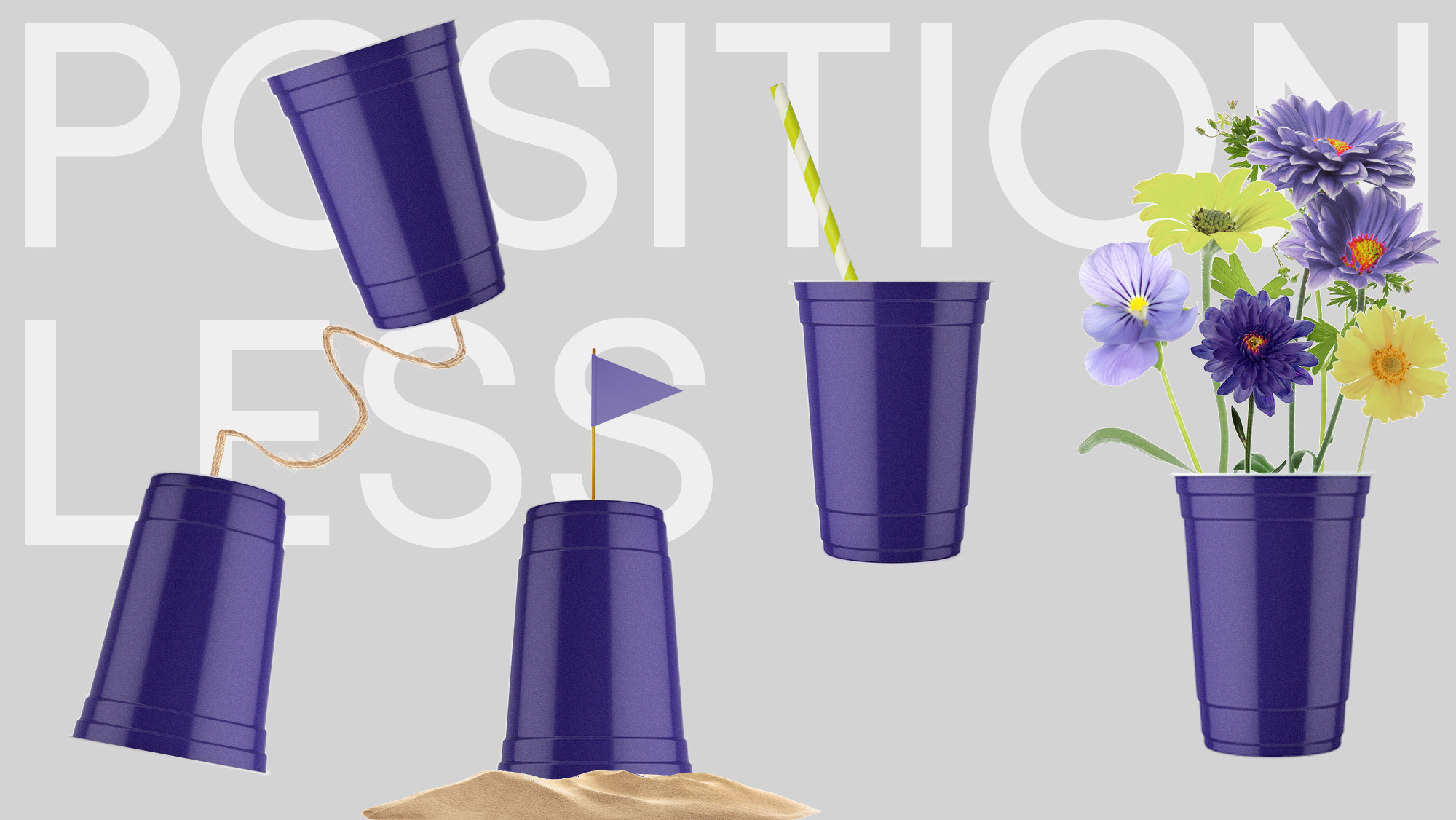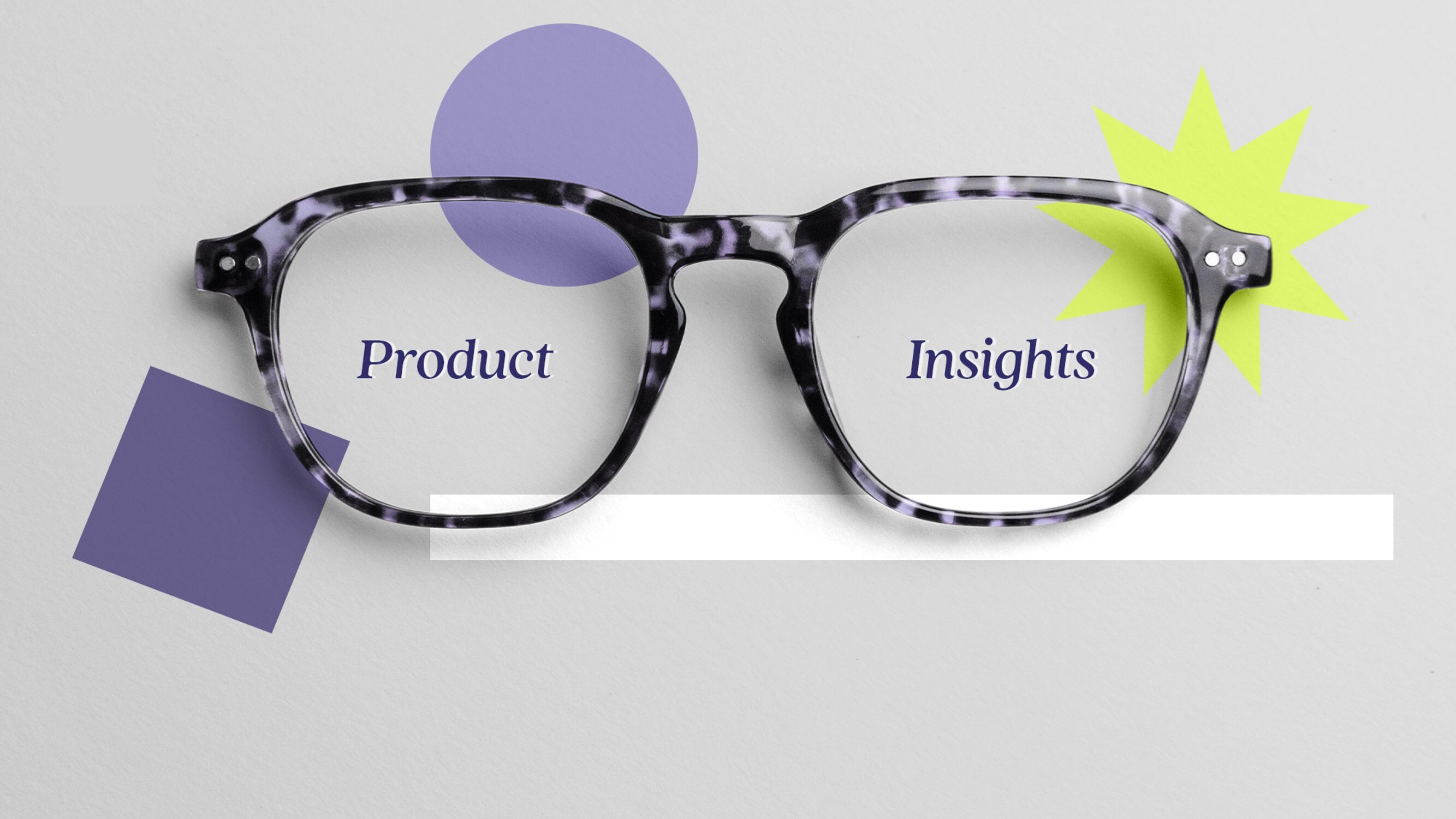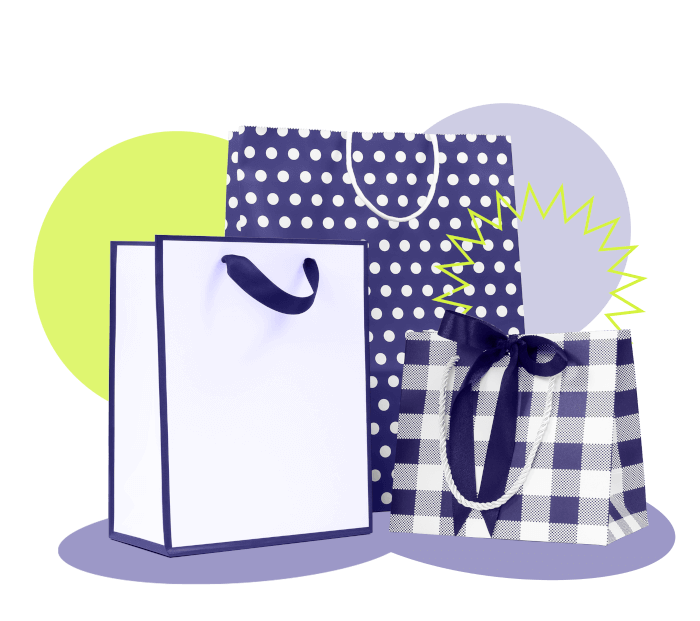
AI and the Retail Marketer’s Future
How AI transforms strategy and processes, driving the adoption of Positionless Marketing
Exclusive Forrester Report on AI in Marketing

Marketers who are responsible for reducing passive attrition are in for a big challenge today. Predicting when a customer is about to leave is certainly not an easy job. But with the ability of marketers to identify “churn signals” before it’s too late, they can proactively communicate with customers, send them relevant offers, and entice them in various ways to remain active.
Today, we have to be able to predict churn in the best possible way as it helps us:
Now, there are many different methodologies to calculate and predict churn but most of them are based on purchasing behavior, or lack thereof.
While purchasing is a critical factor in predicting churn, it is not always a frequent activity and there are other elements that can be used to supplement the churn risk prediction.
Let’s talk about these elements in more detail.
Email Engagement
Most marketers use email engagement data as part of a static journey or to limit audience sizes and reach better deliverability.
We implemented an analysis to make it simpler for you. In this analysis, we took samples of long tenured Active customers across different brands. These customers were not new ones and did not make a purchase in the last few months.
Emails Opened and Churn Rates:
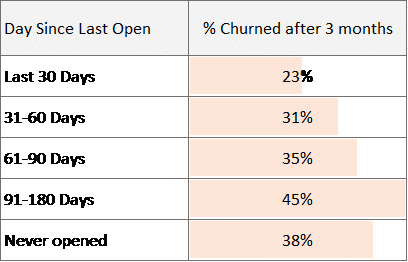
We can conclude that despite these customers who are not purchasing, opening emails is as predictive for remaining active as actual purchasing. Customers who cross the 30-day mark are 35% more likely to churn than customers who opened an email in the last month.
Therefore, it is recommended that criteria for email engagement should be layered into your churn prevention campaigns.
For customers who are not “Email Engagers,” try taking the following actions:
Site Visits
“Abandon series” campaigns, such as customer who abandon carts and abandon browse, are all common use cases. But have you ever used browsing activity in a more holistic manner rather than as a trigger?
By analyzing site and app visits of multiple purchasing customers (Active customers who haven’t purchased in a few months) since their last purchase, we can see significant differences between visiting customers and non-visiting customers.
Site visitors are 75% more likely to purchase again (even though they haven’t purchased in the prior months.)
Site Visits and Churn Rates:
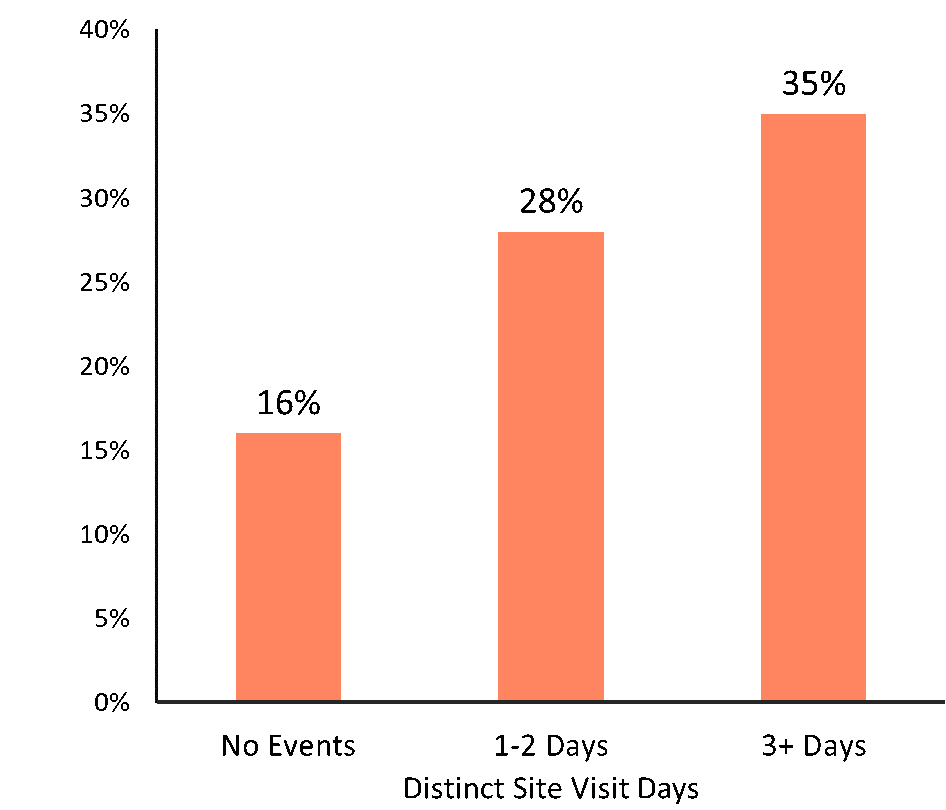
One way to address these types of customers and “give them a nudge” is to address their site visit with a “we noticed you noticing us” campaign. You can also try focusing the messaging of the campaign on encouragement to visit the site rather than on purchasing.
The content doesn’t have to be promotional since they are already expressing interest and showing intent. They are probably more interested in your current offering and may need a personal touch to encourage them to take an action.
Here are some great examples that you might want to mimic:
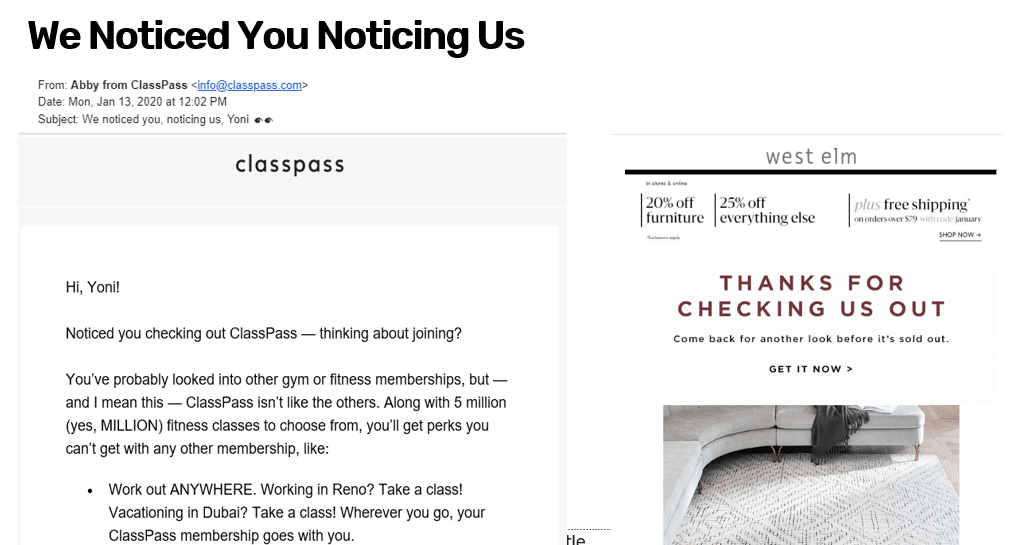
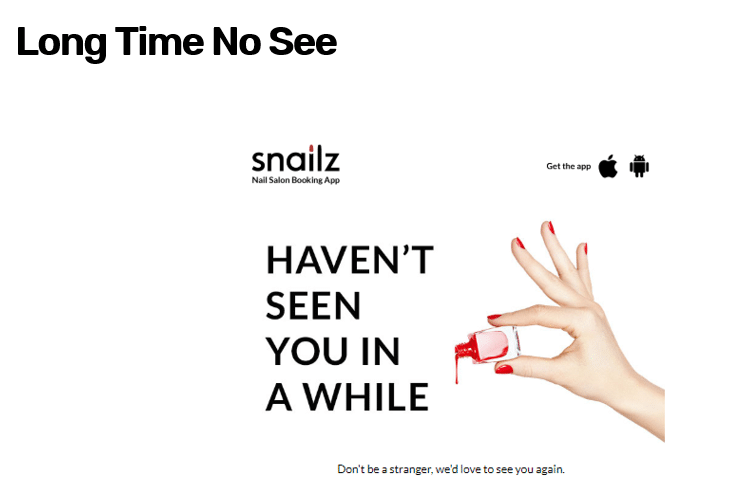
Customer Service Tickets
The information you get from customer service tickets is typically used for a variety of use cases, such as assessing satisfaction of service and products, when your customers are seeking support, and seeing how effectively support agents are solving customer inquiries. But rarely (if at all) are customer service tickets used for predicting propensity to churn.
Surprisingly, customers who contact customer service are 36% less likely to churn!
Now, you may say that the customers who contact customer service often are customers who are also purchasing often, otherwise why would they contact customer service?
But again, this is a sample of actively purchasing customers with multiple purchases, looking at their lifetime customer service communications.
The hypothesis is that customers who contact customer service, or at least long-tenured active customers who contact customer service during their lifetime, are more “invested” in the brand and are taking an active step to get a resolution from your brand rather than just returning the product and “cutting ties.”
Customer Service Tickets and Churn Rates:
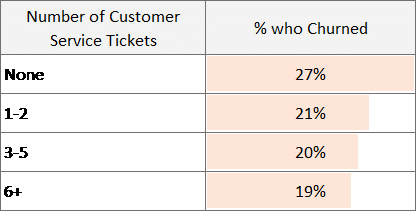
Final Takeaways
We spoke about 3 examples of additional nuggets of data that can be used on top of standard purchasing based churn prevention criteria – email engagement, site visits, and customer service tickets.
There are still more crumbs of activities and data points that can be utilized, such as reviews, and survey responses to reduce churn that we will talk about in the future.
Exclusive Forrester Report on AI in Marketing
In this proprietary Forrester report, learn how global marketers use AI and Positionless Marketing to streamline workflows and increase relevance.
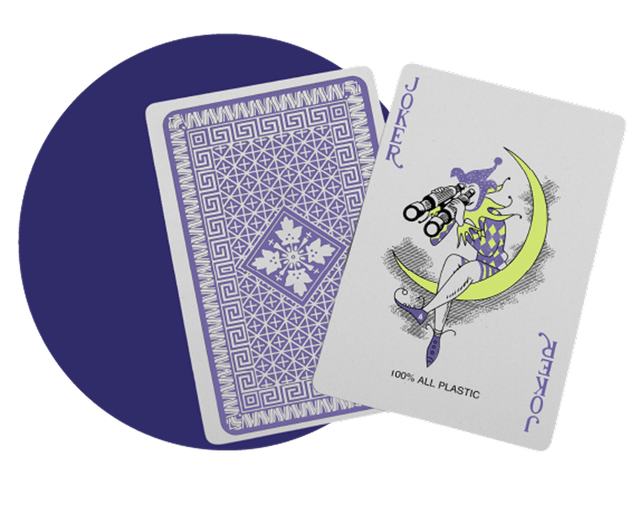

Writers in the Optimove Team include marketing, R&D, product, data science, customer success, and technology experts who were instrumental in the creation of Positionless Marketing, a movement enabling marketers to do anything, and be everything.
Optimove’s leaders’ diverse expertise and real-world experience provide expert commentary and insight into proven and leading-edge marketing practices and trends.

